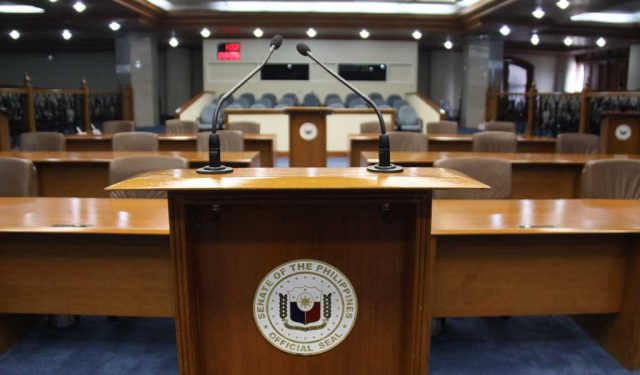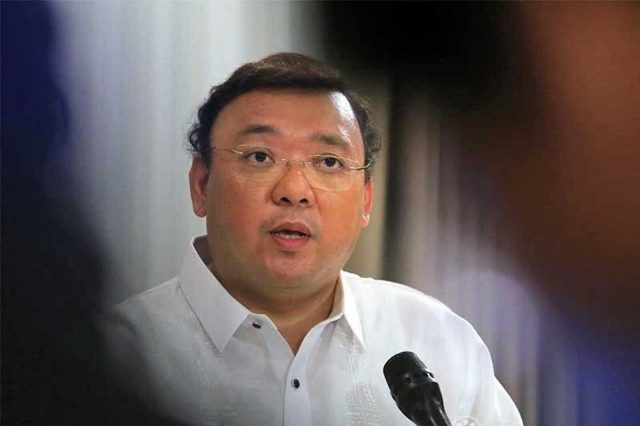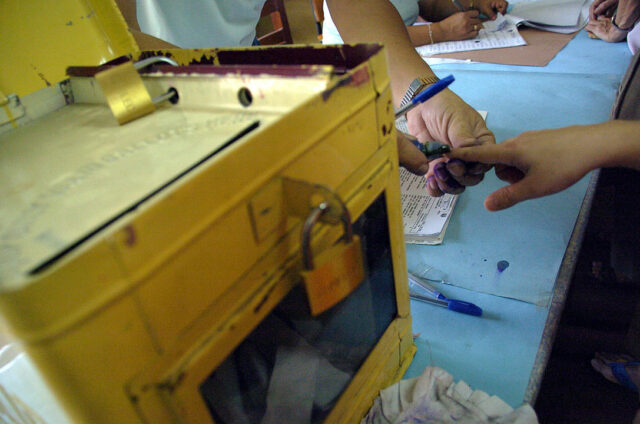Philippines, Germany sign defense pact

GERMANY and the Philippines have agreed to enhance defense ties and boost joint activities as Manila builds up a range of alliances to strengthen its position in a longstanding dispute with China in the contested South China Sea.
Philippine Defense Secretary Gilberto C. Teodoro, Jr. and German counterpart Boris Pistorius signed an “arrangement concerning defense cooperation” in Berlin on Wednesday, agreeing to expand cooperation to include cybersecurity, defense armament and logistics, and United Nations (UN) peacekeeping, the Philippine Department on National Defense (DND) announced on Thursday.
Defense officials from both nations are set to review proposed joint activities for potential implementation under the agreed arrangement next year, it added.
“The arrangement builds on the 1974 Administrative Agreement concerning training of Armed Forces of the Philippines (AFP) personnel in Germany, one of the longest defense cooperation frameworks of the Philippines with another country,” it said in a statement.
The deal follows a visit by Mr. Pistorius to Manila last year where he and Mr. Teodoro committed to boosting long-term relations between their militaries.
The Philippines’ defense cooperation arrangement with Berlin adds to a growing list of defense deals beyond its traditional ally the United States.
Last month, the Philippines signed a defense agreement with New Zealand for expanded military cooperation, and a similar deal with Canada is expected to be signed soon.
A reciprocal access deal with Japan was ratified in December, and President Ferdinand R. Marcos, Jr. has approved the start of negotiations with France for a visiting forces agreement.
The Philippines and China have repeatedly locked horns over contested features in the South China Sea — such as Scarborough Shoal and Spratly Islands, leading to maritime confrontations that involve the use of water cannons and repeated sideswipes by Chinese vessels against Philippine ships.
Beijing claims almost the entire South China Sea, a vital trade artery, despite overlapping maritime claims by Brunei, Malaysia, the Philippines and Vietnam, angering its neighbors.
In 2016, the Permanent Court of Arbitration in the Hague said Beijing’s claims had no legal basis. China rejects that decision.
Mr. Pistorius said in Manila last August that the “ruling remains valid, without any exceptions.”
In September last year, two German warships went on a rare transit in the Indo-Pacific to demonstrate Berlin’s commitment to freedom of navigation.
Also in Berlin, Mr. Teodoro said the Philippines pledged to deploy more Filipino troops as part of the UN peacekeeping force, adding a light infantry battalion from the Philippine military and a police unit.
Manila will also continue deploying military observers and police officers to safeguard support staff offices of UN missions in other countries, the DND said in a separate statement.
“The Philippines stands ready to contribute to a safer and more secure world as a trusted partner, pathfinder and peacemaker in the pursuit of lasting and sustainable peace,” Mr. Teodoro said. The Southeast Asian nation is currently bidding for a non-permanent seat at the UN Security Council.
Meanwhile, the Philippines’ army chief stressed the need for smaller nations to expand alliances and engage in strategic partnerships with allies to help boost the land-fighting capabilities of their militaries. “Small states could multiply their land power exponentially by continuously building a network of partnerships and alliances involving reliable and like-minded arms for a more… integrated response,” Lieutenant General Roy M. Galido, commanding general of the Philippine Army, said based on a statement by the US Army Pacific.
“Caught in the middle of this geopolitical maelstrom are not only major global and regional players, but also small states struggling to survive and protect their interests,” he added. — Kenneth Christiane L. Basilio with Reuters












